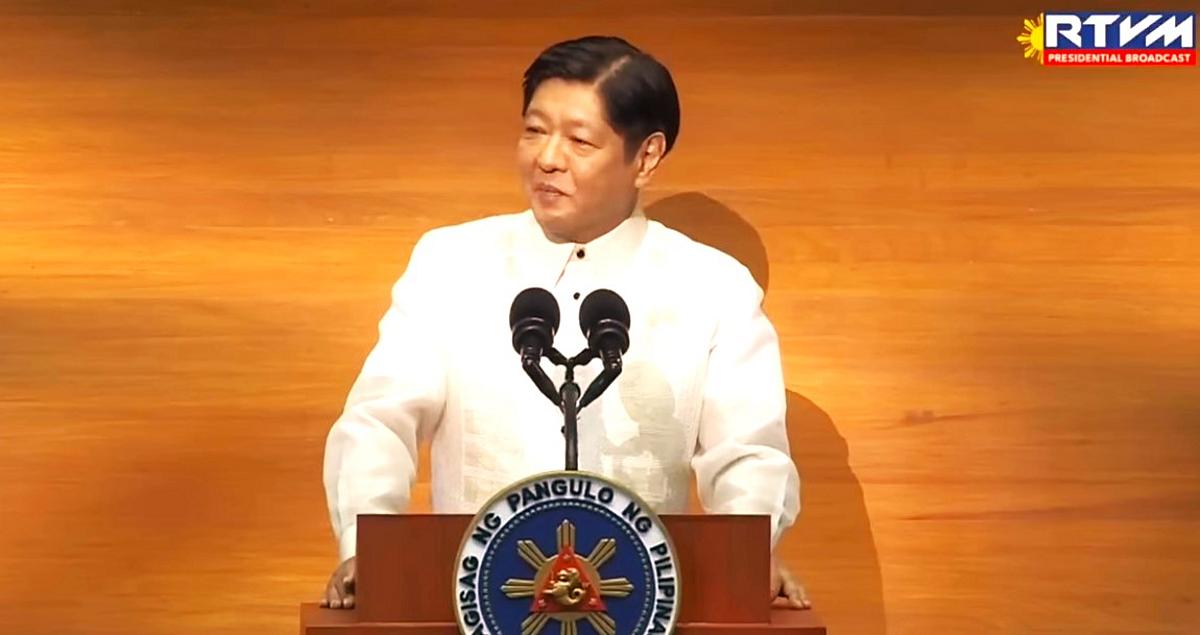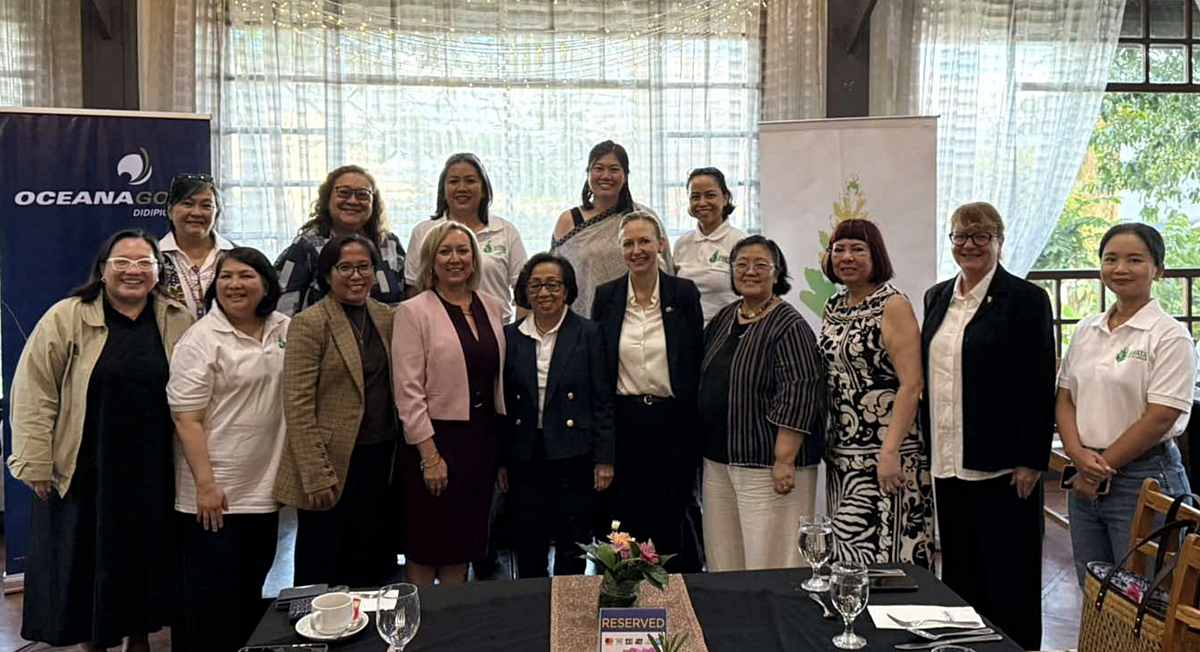[Batasang Pambansa Complex] July 24, 2023 - The 2023 State of the Nation Address of President Ferdinand “Bongbong” Marcos Jr.
---
Last July 24, 2023, President Bongbong Marcos delivered the 2023 State of the Nation Address. This was held at the Session Hall of the House of Representatives in Batasang Pambansa Complex (or Batasan), Quezon City.
He was joined by Senate President Miguel Zubiri and House Speaker Martin Romualdez. President Marcos’ speech lasted for 1 hour and 11 minutes.
Here are some key points from the President’s speech that covers infrastructure projects, energy, economic development plans, and more.
The President enumerated the gains and accomplishments of his administration for the past year. He reported that the Philippines is still considered to be one of the fastest-growing economies in Asia and in the world.
“While the global prospects were bleak, our economy posted a 7.6 percent growth in 2022—our highest growth rate in 46 years.”
“For the first quarter of this year, our growth has registered at 6.4 percent. It remains within our target of 6 to 7 percent for 2023.”
He gave assurance that the Philippine’s financial system remains strong and stable.
“Banks, the transmission arms of our monetary policy, have strong capital and liquidity positions.”
The President emphasised that one of the keys to continuing economic growth is infrastructure development.
“Our 8.3-trillion peso ‘Build Better More’ Program is currently in progress and being vigorously implemented.”
He mentioned that the whole country is benefiting from the 194 projects of this program, with 123 of which are new projects of the ‘Build Better More’ Program.
“The flagship projects cover investments in the areas of physical connectivity, water resources, agriculture, health, digital connectivity, and energy. Physical connectivity infrastructure—such as roads, bridges, seaports, airports, and mass transport—accounts for 83 percent of this program. Our infrastructure spending will stay at 5 to 6 percent of our GDP.”
The President pointed out that the objective behind the infrastructure development is economic efficiency in order to provide a gateway to mobilize goods and services at less cost and less time.
He also noted that the road network plans must not only link the three major islands, Luzon, Visayas, and Mindanao, but also to connect prospective sites of economic development.
Among those he mentioned is the 1,200-kilomenter Luzon Spine Expressway Network Program that aims to effectively connect Ilocos to Bicol from 20 hours to just 9 hours of travel time.
“Under the Mega-Bridge Program, 12 bridges totaling 90 kilometers will be constructed, connecting islands and areas separated by waters. The Program notably includes the Bataan-Cavite Interlink Bridge and the Panay-Guimaras-Negros Island Bridges, each spanning 32 kilometers, and also the Samal Island-Davao City Connector Bridge.”
President Marcos said that as of June of this year, more than 4,000 kilometers of roads and around 500 bridges have been constructed, maintained, and upgraded.
“Crucial airport and port development projects across the country have also been completed, including Cebu’s Pier 88 smart port, and the new passenger terminal buildings of Clark Airport and the Port of Calapan.”
More than 1,000 kilometers of railway projects were also initiated. One in particular, the southern leg of the North-South Commuter Railway System is now fully operational. He stated that in a few years, travel time from Pampanga to Laguna will be reduced from 4 hours to just 2 hours.
Generally, he mentioned that inter-modal connectivity will also be a primary consideration wherein roads, bridges, and mass transport systems will be interconnected. “This network will provide access and passage to vital and bustling economic markets, such as agriculture hubs, tourism sites, and key business districts.”
On the Maharlika Investment Fund, he said, “For strategic financing, some of the nation’s high-priority projects can now look to the newly established Maharlika Investment Fund, without the added debt burden.”
“In pooling a small fraction of the considerable but underutilized government funds, the Fund shall be used to make high-impact and profitable investments, such as the Build-Better-More program. The gains from the Fund shall be reinvested into the country’s economic well-being.”
Guided by the principle of transparency and accountability, the President mentioned that a group of internationally recognized economic managers shall oversee the operations of the Fun to ensure sound financial management.
“This guarantees that investment decisions will be based on financial considerations alone, absent any political influence.”
One of the pledges of President Marcos Jr. in his SONA includes "Total electrification" of the country by the end of term and a focus on renewable energy.
He reported that 8 new additional power plants were built, thus bringing a total of 17 power generation facilities that have been switched on across the country since last year, thus increasing our energy production by 1,174 megawatts.
With this, the President mentioned his goal towards total household-electrification. “Since my assumption into office, almost half a million homes have been given access to electricity. We will spare no effort to achieve full household-electrification by the end of my term. One hundred percent is within our reach.”
President Marcos Jr. emphasised as well the importance of renewable energy. “We are aggressively promoting renewables, so that it provides a 35 percent share in the power mix by 2030, and then on to 50 percent by 2040. To accelerate the realization of this green energy goal, we have opened renewable energy projects to foreign investments.”
“Since last year, an additional 126 renewable energy contracts with potential capacity of 31,000 megawatts have been awarded. To date, we have over a thousand active projects spread all over the country: 299 of these are solar; 187 are wind; 436 are hydroelectric; 58 biomass; 36 geothermal; and 9 are ocean-powered.”
On the Malampaya project as the source of power for 20% of Luzon, he said, “The renewal of the contract guarantees continued revenues and energy production for another 15 years. But aside from Malampaya, we will also push for more gas exploration in other parts of the country.”
Additionally, the President mentioned that the National Government has also partnered with the Bangsamoro Autonomous Region in Muslim Mindanao (BARMM) in regard to energy exploration and development, and also its utilization within its territorial jurisdiction.
“We finally have a Unified National Grid, with the interconnection of the Luzon, Visayas, and Mindanao grids. The ‘One Grid, One Market’ will enable more efficient transfers and more competitive pricing of electricity throughout the country.”
“However, 68 grid connections are much delayed, according to the ERC’s count. We are conducting a performance review of our private concessionaire, the National Grid Corporation of the Philippines. We look to NGCP to complete all of its deliverables, starting with the vital Mindanao-Visayas and Cebu-Negros-Panay interconnections.”
-----
Reference:
Transcript of President Marcos Jr.’s State of the Nation speech -
https://www.officialgazette.gov.ph/2023/07/24/ferdinand-r-marcos-jr-first-state-of-the-nation-address-july-24-2023/
-----
Photo credit: Screenshot from RTVM Live coverage of Pres. Marcos Jr.’s SONA 2023
-----






